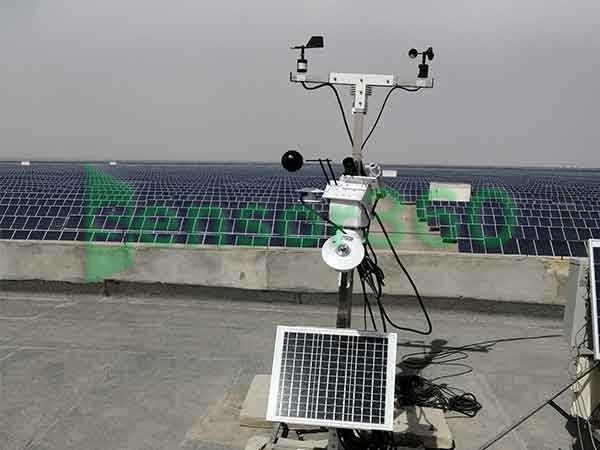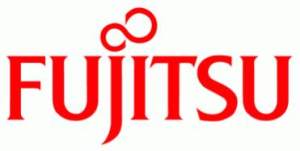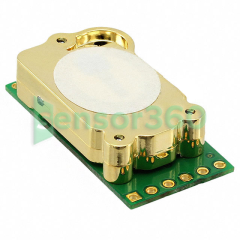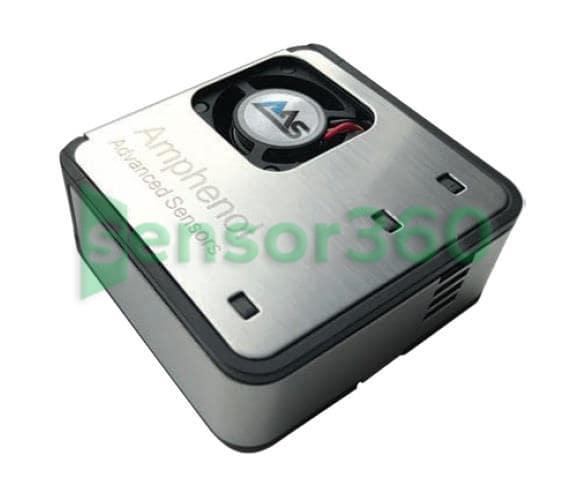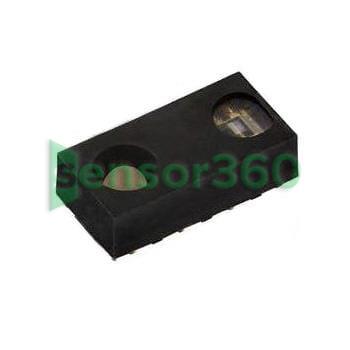Stark Electronics STQ-5 photovoltaic environment monitor photovoltaic weather station smart weather
- Prices: Request for a Quote for Further Details
- Model : STQ-5 photovoltaic environment monitor photovoltaic weather station
- Category: Meteorological Instrument
- Brand : Stark Electronics
- Delivery Time: Request for a Quote for Further Details
- Manufacturer: Stark Electronics
Products
This product is a high-tech system product that adapts to the current trend of new energy development and utilization; it can be widely used in the inspection systems of various solar product testing institutes,climate centers,solar substrate manufacturers,and inverter manufacturers.
The photovoltaic system environmental monitoring station consists of a main collector (box),a pyranometer,a wind speed and direction sensor,an outdoor environment temperature and humidity sensor (with a light louver),a component temperature sensor,RS485 communication,a bracket and other components. It can also be configured according to the Users request to add measurement parameters such as panel slope radiation,scattered radiation,reflected radiation,direct solar radiation,and rainfall monitoring. Environmental data monitoring of solar photovoltaic systems can be completed. The overall system is beautiful and elegant,easy to install,and data collection is stable and reliable. There are two types of products: system version and MODBUS communication protocol version. The real-time data update cycle is 1 minute (6 samples are collected every minute,the 4 samples after removing the 2 extreme values are averaged,and the wind direction is vector calculated); the total radiation daily cumulative value update cycle is 1 hour. This material mainly introduces the MODBUS communication protocol version in detail.
Note: If you have special requirements,we provide you with the following system,and the communication protocol will be adjusted accordingly.
The configuration list is as follows:
serial number | name | quantity | Remark |
1 | Main collector (box) | 1 set | (The metal chassis includes a rainproof cover,an Android system acquisition terminal,a power module,and the main control board has a lightning protection design) |
2 | Solar pyranometer + 24-hour radiation accumulation | 1 set | (Inc sensor cable,with adjustable installation fixing plate,pyranometer plus calculation display of 24-hour daily accumulation of solar radiation) |
3 | Total radiation collection communicator | 1 set | (Box No. 6,with communication cable) |
4 | Outdoor temperature and humidity sensor | 1 set | (Includes sensor cable,housed in dedicated lightweight louver box) |
5 | Lightweight Louver | 1 set | (Inc mounting bracket) |
6 | weather station bracket | 1 set | (Iron galvanized spray waterproofing process,fixing bolts,etc.) |
7 | Sensor arm | 1 set | (Inc hoop and fixed plate) |
8 | wind arm | 1 set | (With sensor fixing plate) |
9 | Technical installation instructions | 1 serving | (Inc equipment installation,communication protocol,installation diagram,etc.) |
10 | Factory configuration list | 1 serving | (Equipment List) |
11 | Protocol | 1 serving | (MODBUS RTU communication protocol) |
12 | 485 converter | 1 stick | (standard configuration) |
13 | lightning rod | 1 set | (cable included) |
14 | Installation tools | 1 set | (Hexagon socket and wrench) |
Troubleshooting
1. The communication connection cannot be connected:
A. Check whether the system is powered on. If it is not powered on,of course it will not be able to communicate.
B. Is the communication port selected correctly? If it is incorrect,communication will not be possible. Try changing the communication port number on the software.
C. Whether the communication port of the host computer is damaged,you it to another communication port to test.
D. If the communication line encounters strong interference,wait for a while and try connecting again.
E. If none of the above can be solved,notify the manufacturer for repair.
2. There is no data on outdoor ambient temperature and humidity:
A. Check whether the outdoor environment temperature and humidity sensor connection cable is properly connected to the main collector and can be re-plugged and unplugged.
B. Open the ventilation hood and check whether the temperature and humidity sensor has been alkalized (near the seaside),and replace it if necessary.
C. Notify the manufacturer for repair.
3. No data on total radiation:
A. Check whether the total radiation communication line is well connected to the main collector and can be re-plugged and unplugged.
B. Check whether the total radiation sensor signal line is properly connected to the total radiation collection communicator and can be re-plugged and unplugged.
C. Notify the manufacturer for repair.
4. There is no data on wind speed and direction:
A. Check whether the wind speed and direction communication line is well connected to the main collector and can be re-plugged and unplugged.
B. Notify the manufacturer for repair.
5. No data on wind speed or direction:
A. Check whether the connection cable of the wind speed or wind direction sensor is properly connected to the wind speed and direction collector,and it can be re-plugged and unplugged.
B. Notify the manufacturer for repair.
6. There are errors in the monitoring data:
A. If the errors are infrequent,it may be caused by interference. Wait for a while and observe again.
B. If the total radiation data is wrong,check whether the sensor surface is dirty and clean it if necessary;
Check whether the of the total radiation sensor changes and is not parallel to the plane of the solar photovoltaic module. If so,adjust the of the total radiation sensor.
C. If the wind speed or wind direction sensor data is wrong,check the wind speed or wind direction sensor to ensure that the sensor can rotate freely.
D. If errors occur frequently or always,notify the manufacturer for repair.
Routine maintenance:
A. The system should be maintained regularly,inc cleaning the surface of the total radiation sensor and cleaning the wind speed and direction sensor.
B. In severe weather,such as hail and frost,the protective cover of the total radiation sensor should be covered in time.
C. In very cold weather,the wind speed or wind direction sensor may be frozen and unable to rotate normally. Please wait for the weather to improve before cleaning.
D. In strong thunder and lightning weather,the system power should be turned off to avoid damage to the system by strong lightning. If there is a professional lightning protection system near the monitoring station,this monitoring station can be connected.

